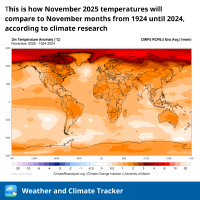How Mist Is Different From Fog?

Mist occurs when temperatures range from 5 to 15°C and warm air meets cooler surfaces. This interaction of warm and cool air leads to the formation of very small water droplets in the atmosphere. Unlike fog, which contains larger droplets, mist droplets are typically not visible to the naked eye.
The formation of mist is due to specific meteorological conditions. Warm air holds more moisture than cold air. When warm, moist air moves over land or sea that is cooler, the air temperature decreases, causing some of the moisture to condense into microdroplets. This occurs mainly in the early morning and evening when surfaces are coldest and temperature inversions are most common.
During periods of mist, visibility is reduced but not to the same extent as fog. The extremely small mist droplets allow dim light to pass through with only minor scattering. Distances appear blurred but objects are not completely obscured. Mist adds a diffusing effect to light, softening colors and shadows.
The microdroplets in mist have various impacts on the environment. They coat surfaces like spider webs and leaves, altering their appearance. Breathing air containing mist droplets may have health impacts as well through increased humidity. Mist also influences other natural phenomena by changing radiation balances and precipitation patterns at a local scale.
Overall, mist is a transient meteorological occurrence driven by temperature and moisture gradients near the surface. It adds a layer of optical diffusion comparable to a photographic soft filter or light scattering medium. Further meteorological study is needed to fully understand mist dynamics and interactions in the lower atmosphere.
Further meteorological study is needed to fully understand mist dynamics and interactions in the lower atmosphere.
This post is also available in: Spanish, Portuguese, French.



